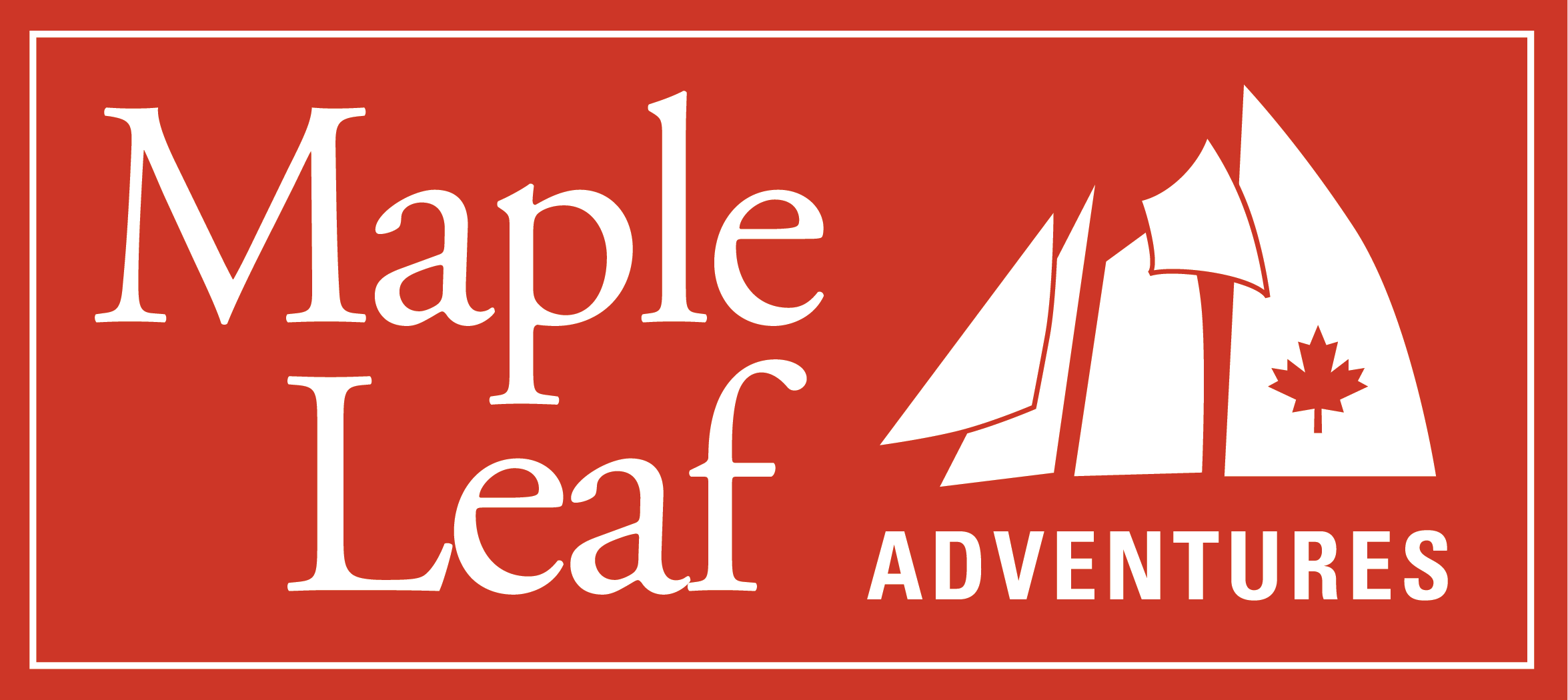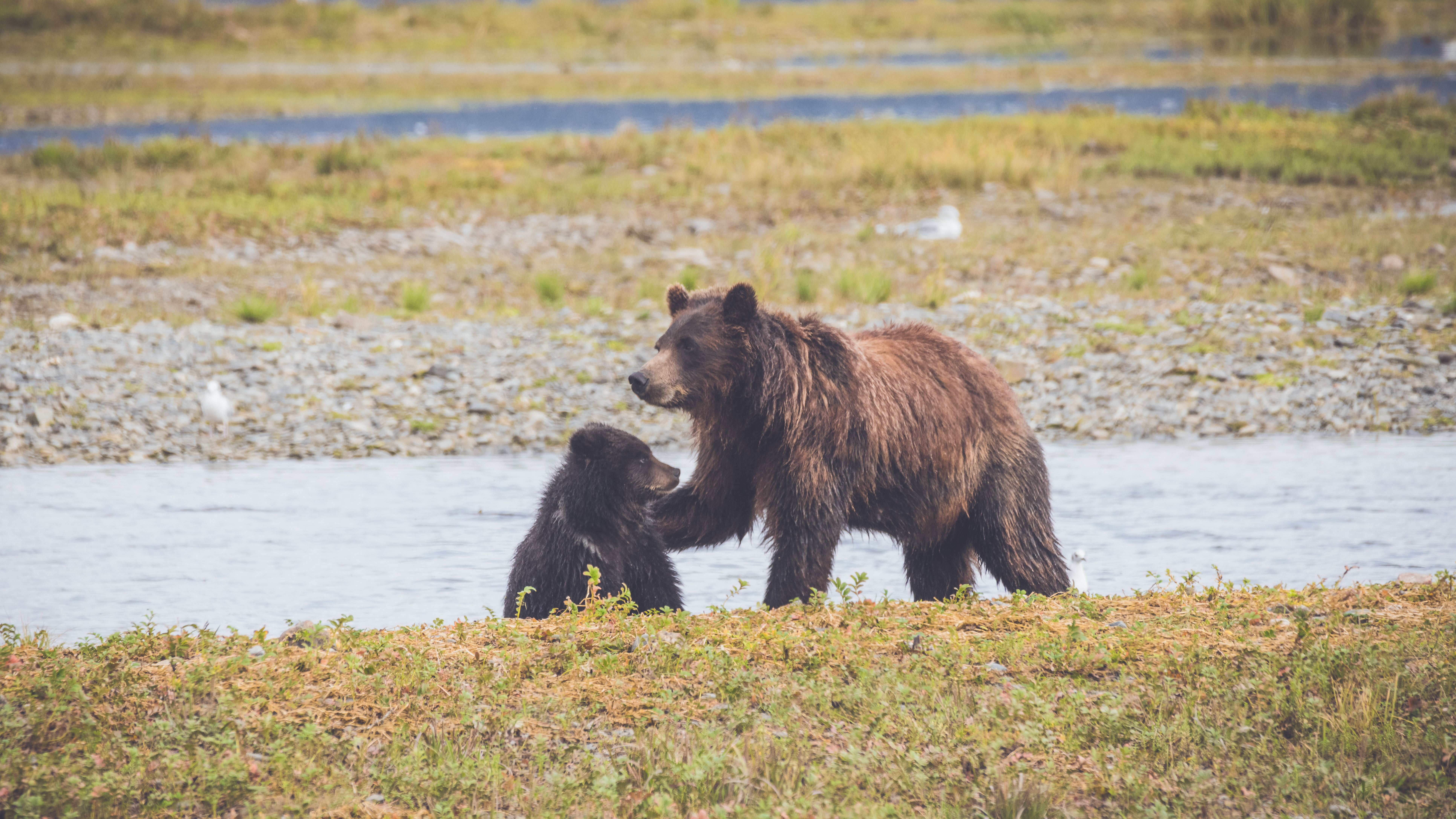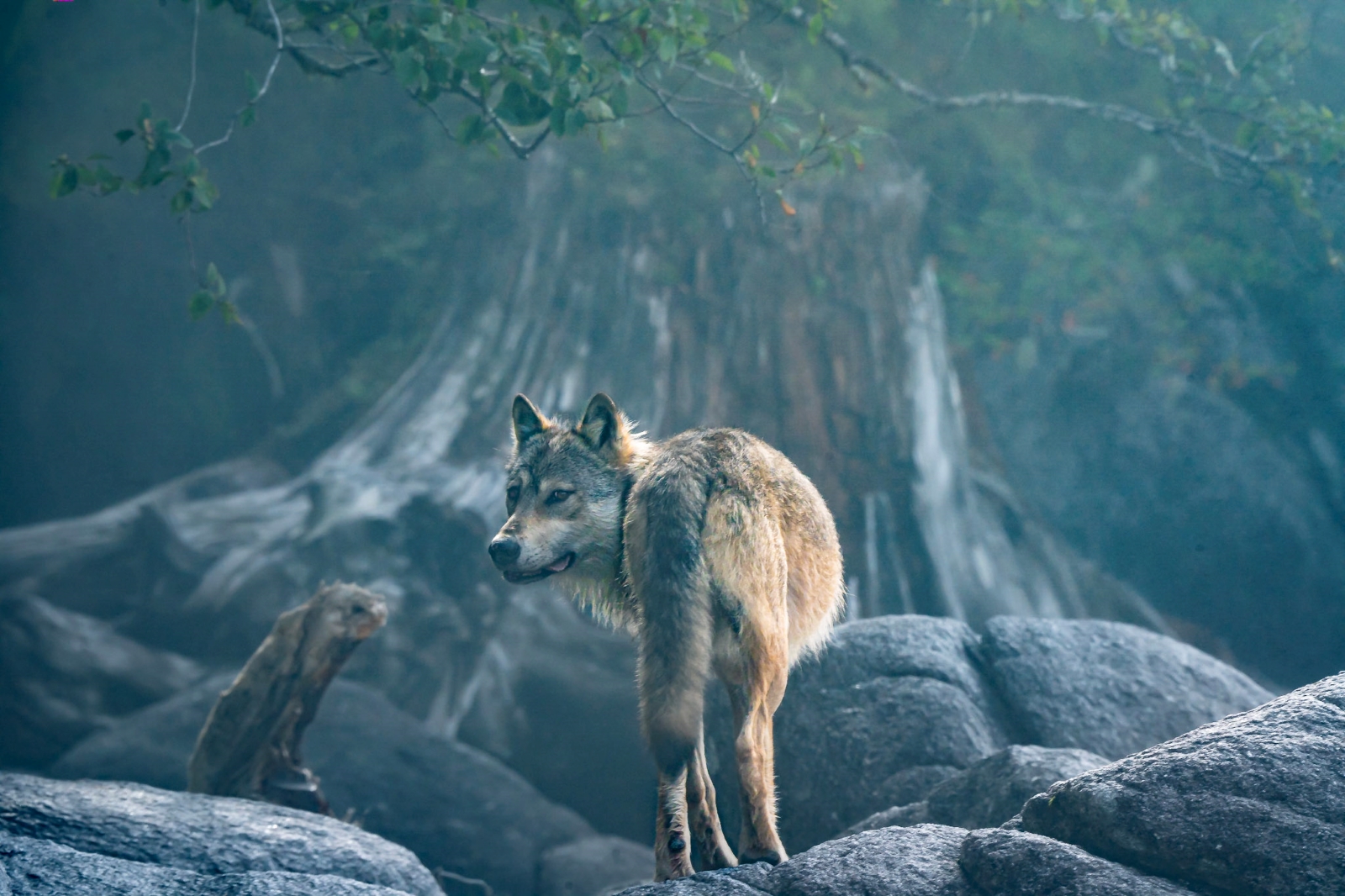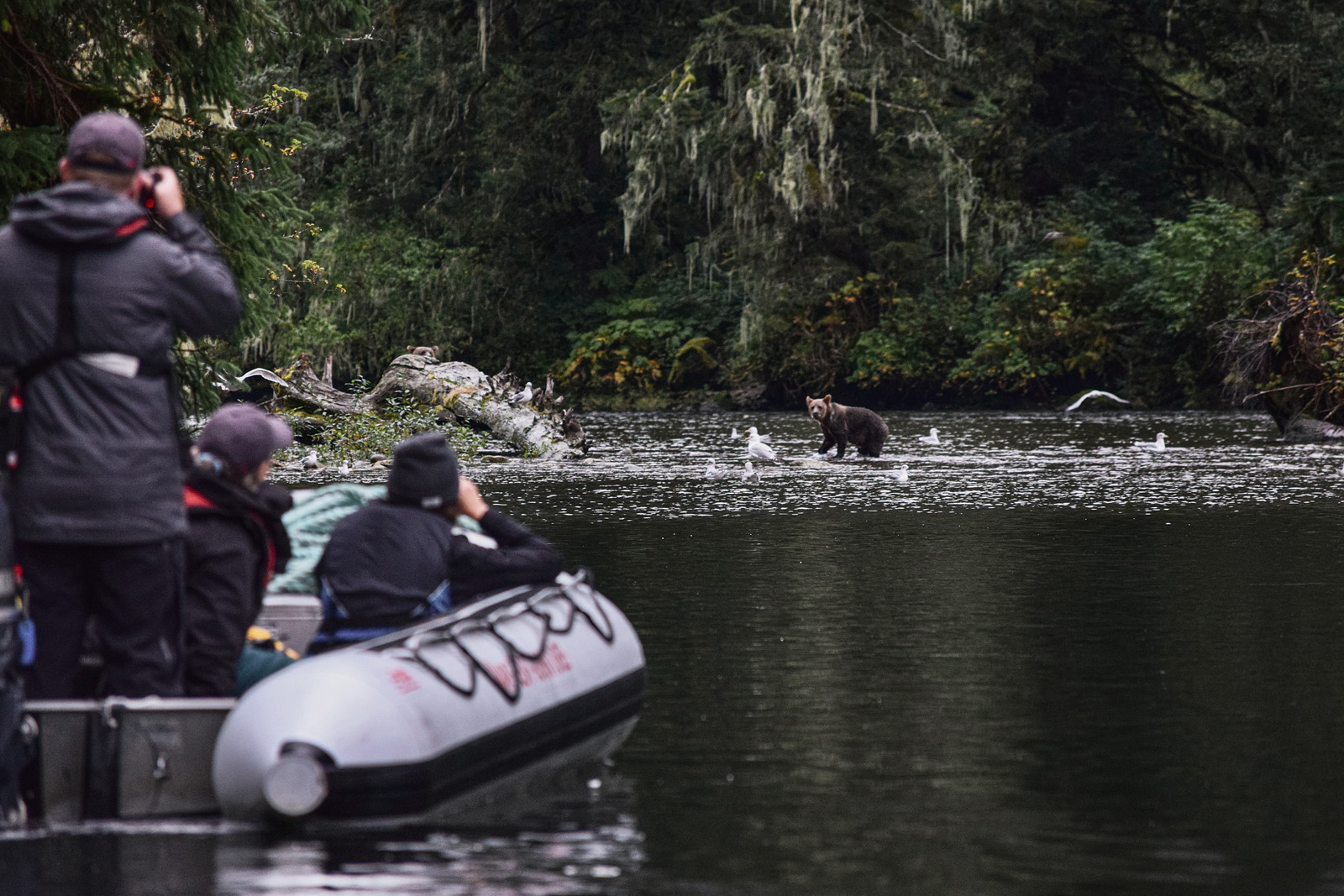By Kevin J. Smith, Maple Leaf Adventures
For a moment, I want you to put aside all that you know and feel about the sport hunting of bears.
Put aside the ethics, the emotions and the images of bear hunting. Believe me, I do understand all the strong feelings associated with the hunt; I have been involved with these conversations in B.C. on every level. From the official land use planning tables to the heated dockside disagreement, from the downtown boardroom to the up-coast estuary, this is one of the most emotionally charged issues on the B.C. coast.
You can waste hours, months, and years sitting at a table and talking in circles about the appropriateness of a person with hired guide, high-powered rifle, and half-mile scope setting one foot out of their boat onto the mud of a coastal estuary and killing a bear, and arguing about whether that is ethical, sustainable or “sporting.”
Instead, I want you to think about the business case.
I am a businessman, and my growing business is part of a growing industry called bear viewing. What if we get rid of all the emotional baggage and simply look at the almighty dollar and the irrefutable bottom line? In 2010 is a bear worth more living or shot dead?
The Market Opportunity
Eco-adventure tourism is one of the fastest growing sectors of the world’s travel economy. Adventure travel grows 10% each year worldwide. In 2008, the Adventure Travel Trade association estimated spending on adventure travel worldwide at $150 billion. At 10% growth per year, that will be $300 billion by 2015.
Demographic trends and a growing eco-savvyness of travelers means that environmentally sustainable and ethical adventure travel are increasingly the options people seek.
We’ll get to some local statistics in a moment, but let’s first consider the big picture.
Wilderness trips and wildlife viewing trips grow in popularity each year, with Costa Rican eco-lodges, Africa safaris, and Galapagos wildlife viewing trips just three well-known examples. These high quality tourism opportunities support award-winning businesses; employees and communities take great pride in the natural wealth they have to share with their visitors.
Here in B.C., we have one of the world’s last places to see wild bears in their beautiful natural habitat. This is of growing interest to adventure travelers.
And, it provides a unique offering for B.C., helping to establish its “position” in the adventure travel market, so that a B.C. industry, operated by B.C. owners and employing B.C. residents, may prosper.
This is the opportunity we have as a province.
What Is the Bear Viewing Industry?
Bear viewing is a segment of the wilderness tourism industry.
We take people into spectacular wilderness areas – such as verdant meadows at the mouths of rivers framed by the mountains, fjords and rainforest of the B.C. coast. Here, we guide small groups of people to amazing sightings of grizzly, black and spirit bears exhibiting their natural behaviour: fishing for salmon, training cubs to swim, playing, and so on.
We have expert naturalists who explain bears and their world to our guests. Our guests take thousands of photos – each.
There are different types of bear viewing businesses, from day-trippers going to viewing stands, to lodges in the rainforest, to 75-foot boats like ours who offer multi-day cruises in wilderness areas, to $3,000-per-night fishing lodges that promote and offer bear viewing as an amenity.
This is a high-value industry. We offer a hard-to-get wilderness experience that is highly sought, and described by many as the “experience of a lifetime”. It is expensive for us to provide, and I estimate that at least 80 cents of every dollar we earn is rolled right into the B.C. economy in the form of wages, trip operations, maintenance, supplies, permits and other expenses. These businesses are also almost 100% B.C.-owned.
This industry is based on a “renewable” resource: great viewings of healthy, wild bears. It is low impact and thrives in areas where conservation of natural areas is in place. In fact, it is a poster child for the “conservation economy” in the Great Bear Rainforest. It is sustainable over the long term, based not on a boom-and-bust model but one of steady, long-term use.
Economic Comparison of Bear Viewing Vs. Trophy Hunting
In 2003, Integral Economics conducted a study that compared the economic impact of the then-nascent bear viewing industry in B.C. with that of the industry that offers a commercial hunt and kill of grizzly bears for trophies (not food).
At this time, the bear viewing industry was extremely young. Many businesses were just getting started. The number of multi-day adventure cruises featuring bear viewing could probably have been counted on one hand. I know because I run one of them and knew everyone else. Yet, at that time, the researchers found that for ecotourism operations involving grizzly viewing, total revenues directly attributable to the presence of grizzlies were then approximately $6.1 million annually.
Guide outfitting operations with a grizzly hunt component, in comparison, generated only about $3.3 million dollars from grizzly hunting activities.
In fact, a single bear viewing business at that time generated as much revenue as all grizzly hunt companies combined!
Bear Viewing Growth
Let’s fast forward a few years.
In 2005, Tourism B.C. and the Wilderness Tourism Association of B.C. catalogued a 32% growth rate in nature-based tourism in B.C. since 2001. That’s an annual growth rate of 8%.
While statistics are not available for the growth of the bear-viewing segment of this industry, it is our industry association’s observation that bear viewing has mushroomed since 2003.
On the coast alone, not even taking the interior into the picture, I have witnessed an enormous growth of small and medium sized businesses offering new bear viewing opportunities as part of their companies’ tourism options. There are dozens and dozens.
The demand for bear viewing on my company’s expedition cruises is way up. It is also up on trips offered by our colleagues in the industry. Entirely new organizations have created successful bear viewing vacations and programs since then. Anecdotes I have heard show that at least several operators have more demand than they have capacity. So they are seeking investment and expanding operations.
Most of this growth seems to have occurred in areas where bears have sanctuary from hunters. After spending two decades working with and around bears, I know that they are smarter than we typically give them credit for; and I think they figure out pretty quickly that bear viewers are to be respected but, since they just sit there and click cameras, not terrified of.
If we take the 32% growth rate in wilderness tourism in B.C. from 2001 to 2005 and extrapolate that to the bear viewing industry revenue numbers, that would give a bear viewing industry in 2005 of $8 million, in 2015 of $16 million and in 2025 of $32 million.
All of this illustrates a very healthy past and future growth rate for bear viewing businesses in B.C., provided that the bears are not persecuted.
Contrast this with the steady decline in interest in sport hunting of bears. When the last time you met anybody that was planning a trophy hunting holiday? But what about someone buying a new camera for a trip that included wildlife viewing?
The benefit of stopping the commercial trophy hunt
But wait, a few folks in the minority say, why not keep the hunt and bear viewing? (Note that actually 80% of British Columbians oppose the hunt so this should be viewed in that light).
Well, here are the reasons that the hunt is bad for our business.
First, bears don’t like to be shot and it should come as no surprise that in areas where this still happens, the bear viewing is bad. No bear viewing business can prosper in those areas, because – like all businesses – tourism needs a degree of certainty to survive.
In contrast, when Raincoast Conservation Society (who became fed up with the endless bureaucratic stonewalling on the trophy hunt) bought a guide outfitter territory, thereby ended the killing of grizzlies in that territory, we saw a resurgence in visible grizzly bears in the area. Suddenly at least ten businesses could plan on fantastic bear viewing for guests there.
Second, if you are killing bears, you are exterminating the resource. It seems obvious. You shoot a bear, it’s gone. So we can’t view it. (But if we view it one day, we or another bear viewing group can come back the next day, and the next week, and the next year, and the next decade and view it again.)
Third, there are safety issues. Imagine a group of bear viewing guests arriving in an estuary the day after a hunter shot and missed or merely injured a bear.
And fourth, it’s actually better economically to promote the bear viewing, not bear killing, industry.
The 2003 Integral study predicted that, if trophy hunting of grizzly bears were stopped and bear viewing opportunities therefore increased (bears not running away and hiding; more bears around, in additional locations), that an annual growth rate of bear viewing of about 4% would completely offset the loss of economic activity in B.C. due to the end of the trophy hunt.
That is eminently achievable given the growth of interest in eco-adventure tourism we’ve seen already.
A Professional, Responsible Industry
I need to say a little bit about the bear viewing industry here. All of us are so busy that we have spent little time promoting what we have achieved together.
In 2001, several B.C. ecotourism companies including my own founded the Commercial Bear Viewing Association of B.C. Our purpose is to develop a responsible, sustainable bear viewing industry. This includes properly trained and certified guides, who are very familiar with bear biology and behaviour, as well as with managing humans around bears, and managing impact on bears and the carrying capacity of their habitat.
In conjunction with expert bear biologists, we developed Assistant and Full Bear Guide training and certification programs, and have trained dozens of assistant bear guides to date. We have certified 12 veteran B.C. guides with the “full guide” status.
We also developed a Code of Conduct for operators. All of these achievements are informed by science and by the ethic that we must responsibly steward the “resource” which gives us our living: wild bears and their habitat.
As a result, we give generously to conservation, restoration and research projects, and we support local communities.
A Green, Made-in-BC Industry: the “Conservation Economy”
Perhaps we have done this because we live here. We are business owners that are not to stuffy to say publicly that we love the land and the wildlife that lives on it. We make no apologies for being passionate about this incredible coast we call home.
Our industry is clean and all-around positive. It doesn’t harm the environment. What’s more, it actually benefits from the protection of bears, forests and salmon.
Certainly, tourism has not always had a positive impact as it was developed across the globe. But in B.C., we are creative newcomers, and have learned what not to do from other jurisdictions’ mistakes.
In contrast, bear hunting is a resource-extractive, intensive industry, like clear-cut logging of ancient forest. It’s cut-and-run, boom-and-bust cycle leaves little behind, which is terrible for this coast. Yet, in the case of logging, it was often hard to see other viable options.
However, bear hunting has a very profitable, sustainable, and popular alternative: as we have seen, bear viewing grosses far more than trophy hunting already, and we are just getting started!
The boom and bust cycle of take it (or kill it) all, and then try to blame somebody else while you wonder where your next pay cheque is coming from, can be broken.
Industries like bear viewing bring long-term, sustainably produced dollars into the province.
The “Take-Home” Message
Here is what I hope you will remember:
- We have an opportunity as a province of promoting a unique, high-value industry for our people: bear viewing.
- The bear viewing industry in B.C. will experience positive growth by ending the commercial trophy hunt.
- The benefits of this growth will quickly outstrip any costs to B.C. of ending the hunt.
- It’s an industry developed and run by British Columbians, and for which we have a unique competitive position in the world.
- It’s green and it is a viable, attractive industry that actually benefits from, rather than conflicts with, conservation.
- This is a keystone in the burgeoning B.C. conservation economy and it promotes B.C. favourably in the world.
How can you argue? This is a powerful reason to end the trophy hunt. These bears are wanted – alive.
Want to do/learn more?
- Read about Great Bear Rainforest tours with Maple Leaf Adventures.
- Read about how Raincoast Conservation Foundation is buying guide outfitter licenses to help this cause.
- Sign a petition to the BC government asking for an end to commercial trophy hunting.
—
Kevin J. Smith is one of twelve certified Full Bear (viewing) Guides in B.C. He has over twenty years experience working with and around bears. He has a degree in resource management from the University of Victoria, and is a vice-president of the Commercial Bear Viewing Association of B.C. An ecotourism entrepreneur, he is the president of Maple Leaf Adventures, where on the platform of the classic schooner Maple Leaf, he leads small groups of guests on bear viewing expedition cruises in the Great Bear Rainforest each year.




